Opposite Action
Opposite Action is a skill for reducing stress and emotions you don’t want to be feeling, by doing the opposite of what the emotion makes you feel like doing.
Stories

Acting opposite helped me manage my emotions more.

Experiencing pretty intense bouts of depression, made it hard to do anything, get out of bed, do anything at all.
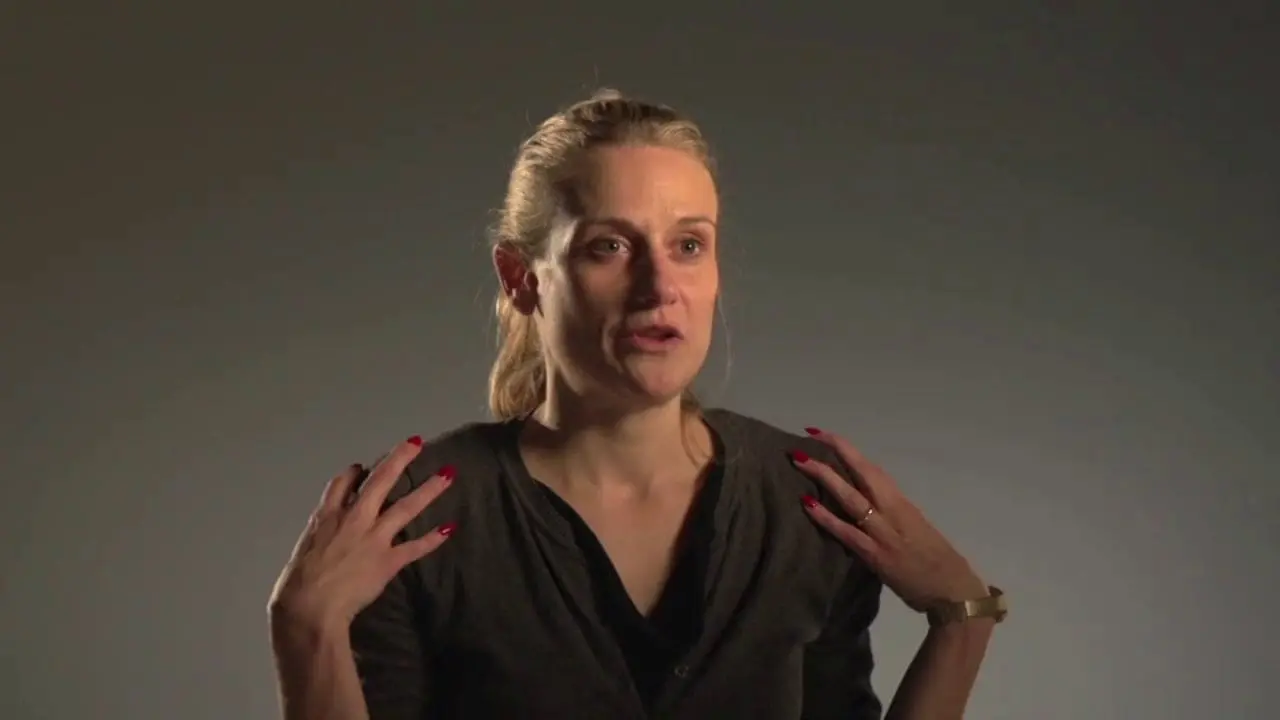
So when you do Opposite Action it's important to do it all the way, with your full body, with your voice, with your posture.
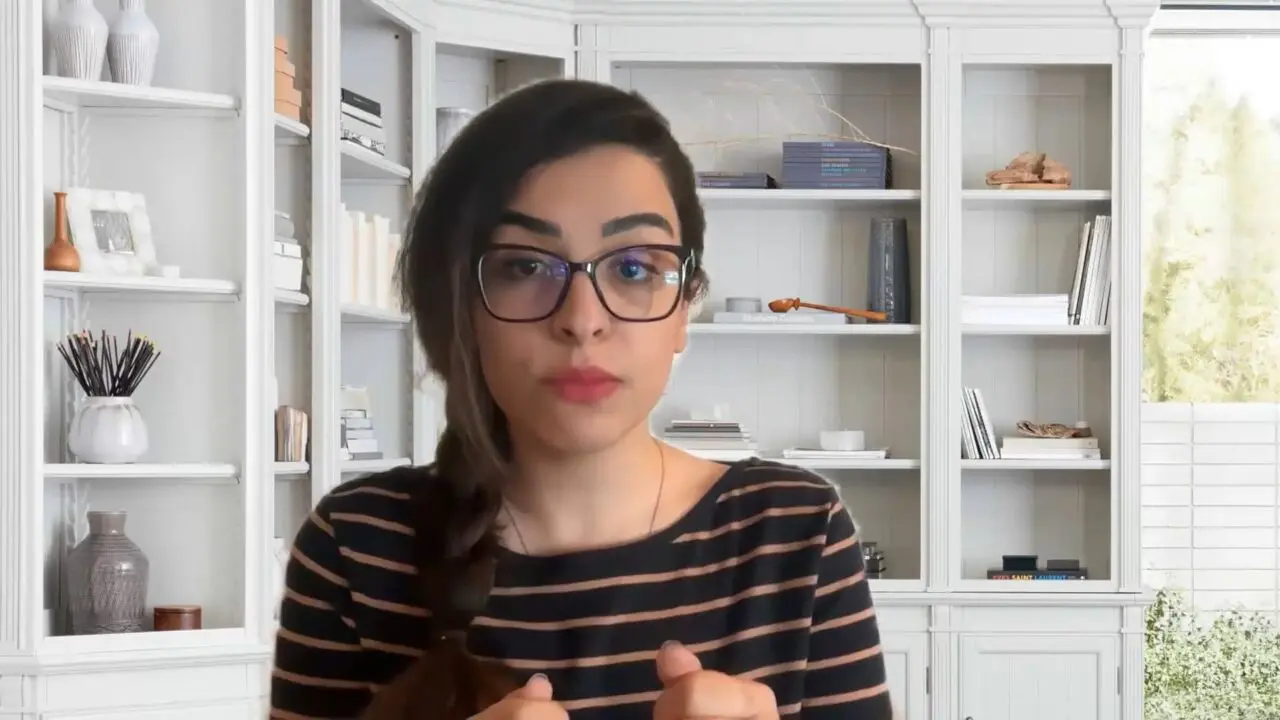
I wanted to run away. Instead of acting on my urge, I decided to stay in the room.
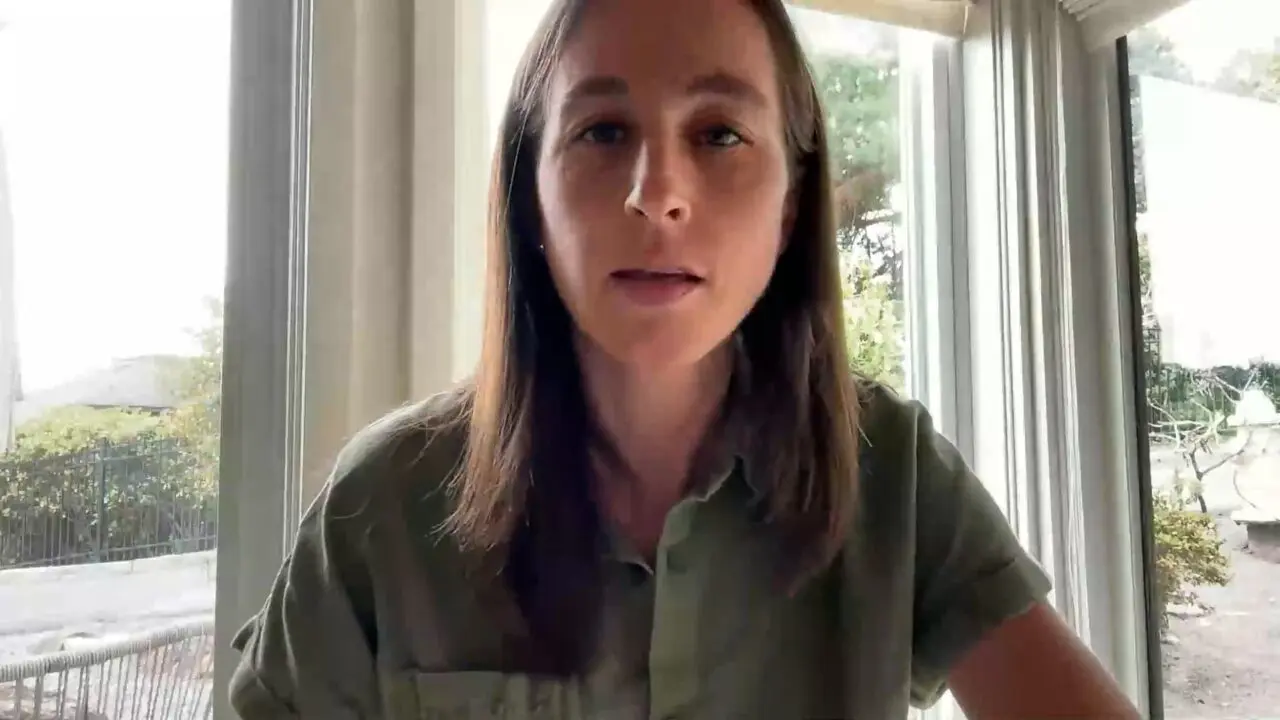
I was really struggling with insomnia ‑ my head was really spinny at night. That made getting up in the morning super challenging.
Community Tips
Honestly, if I understood my emotions I wouldn’t be here. Someone told me to think of it like this… ‘When you’re stressed, you want to do things that make you feel less stressed like smoking and hiding out ‑ act opposite by using Paced Breathing for the time it would take to smoke a cigarette, and walk around the block while you call your younger sister and ask her what she’s up to.’ That actually did work.
OMG, I haaaaaate the thought of Opposite Action when I’m really sad. The first 30 seconds feel impossible ‑ it’s usually sitting up then standing up and walking to the bathroom. When I get to about 3 minutes of being in the shower, it seems like some kind of switch flips. It gets easier.
You gotta know that if you don’t get out of your thought train of sadness, or shame, or whatever ‑ then it doesn’t work too well. You have to think about something else ‑ try hard to distract by focusing on senses or a puzzle or other thoughts.
It helped to talk to other people about it. Even more so to hear how they had gotten it to work for them. Then it started making sense.
Practicing opposite action can take an incredible amount of bravery and willingness, especially when change feels scary or invalidating or impossible. And sometimes taking that leap can help me get that much closer to a valuable life.
I find that I'll do something to promote opposite action and then it'll kind of spiral into another opposite action and then another one and it kind of becomes a domino effect, but I don't know if I give myself enough credit for starting that domino effect necessarily or giving myself that opportunity to kind of see the initial opposite action that I made. I think sometimes we do something and we have to give immense amount of credit for just starting that shift and giving ourselves that kind of change.
Listening to music is helpful and then moving your body. That's been a way I use Opposite Action. It's like when that big action seems inaccessible which I always go to the extreme. Literally for me a lot of times it's just like having my shoulders go from up to down…just small body movements with music.
I found fake it to you make it is not really sustainable because it feels so invalidating. Here since we're validating our emotion and acknowledging it's validity first, I can feel the fear and do it anyway.
I think the first step is to identify your emotion that you're feeling and a therapist once taught me the phrase ‘name it to tame it’. Sometimes just taking the moment to be mindful of what emotion I'm feeling makes me feel like I can act differently and it makes it a little bit less intense for me, being aware of what I'm feeling instead of just like I feel overwhelmed or I feel bad. I can put a specific label to it and it's just a label. There's no judgment. Or I feel fear but I'm not judging why I feel fear that's just how I feel…it’s been helpful for me.
If I have to do laundry my gosh, I don't want to do my laundry and someone gave me the idea to just do the towels because that's the easiest thing to sort out, wash and fold. And I was like, that makes sense. And so once I did the towels I felt good about myself. So I didn't do all the laundry but it got me started and it got me feeling differently.
Why Use this Skill
Emotions usually come with “action urges” that make us feel like doing things. Often, these urges make us do things that keep the emotions stronger. Like, when someone feels depressed, they may follow their urge to stay home in bed all weekend, which may lead to feeling more sad and lonely because they’ve missed time with their friends. Opposite Action interrupts this cycle, and can actually change the way you feel.
When to Use This Skill
Use Opposite Action when:
- You feel an emotion that you don’t want to be feeling.
- You feel an emotion that isn’t helpful for you to act on.
- You’re struggling with a “sticky” emotion (like chronic shame or anxiety).
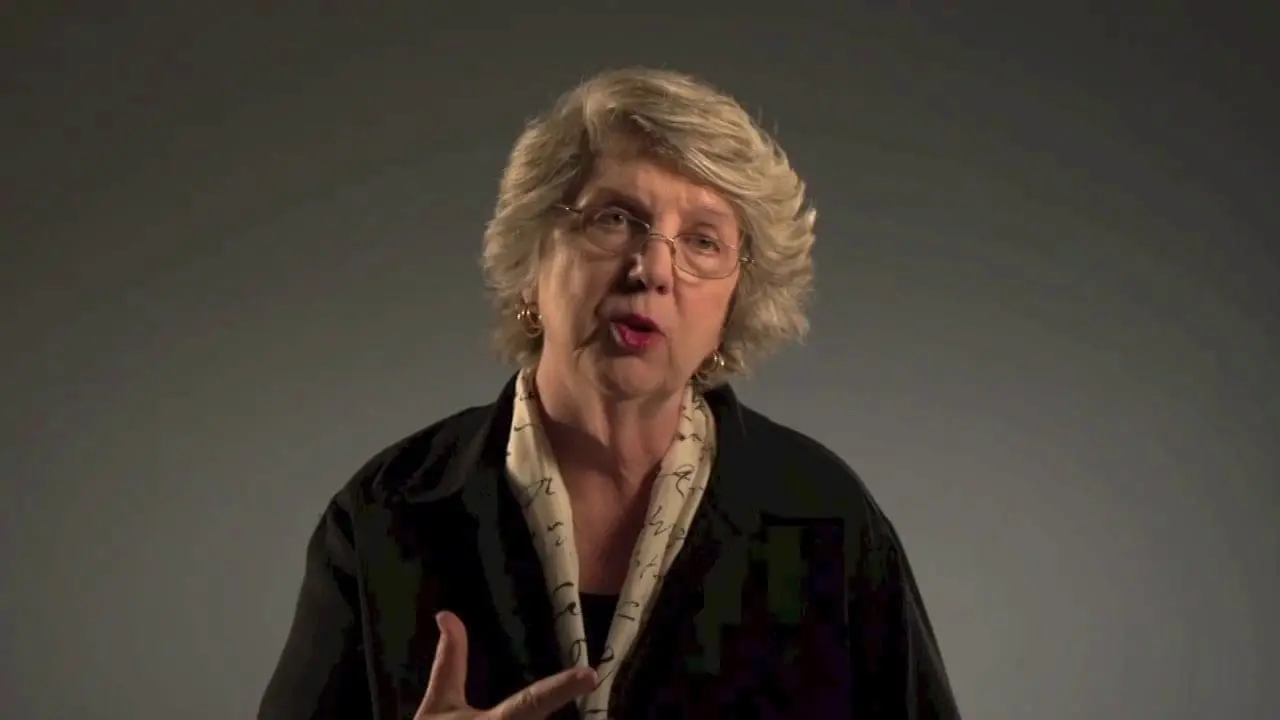
Overview Video
MarshaHow to Use This Skill
Opposite Action is doing the opposite of whatever your emotion makes you feel like doing. It’s going to be different depending on the situation, emotion, and action urges that you’re experiencing whenever you’re trying to practice the skill.
Below, we offer some specific steps and tips for how to practice.
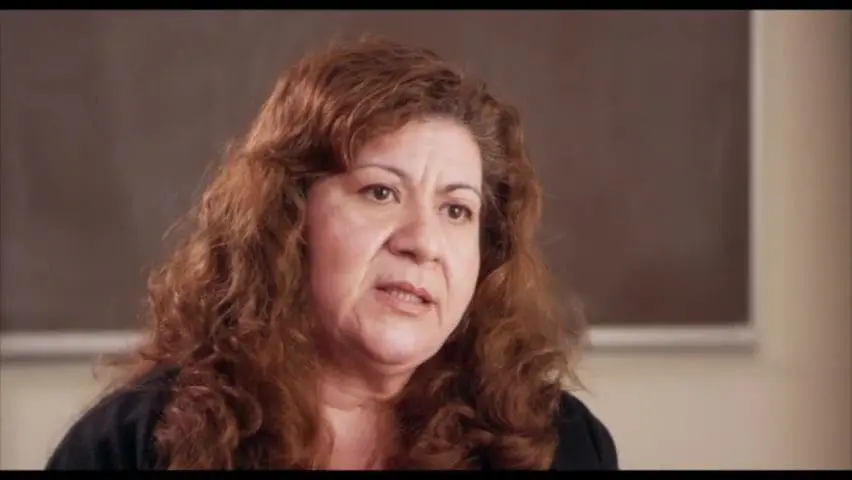
Example Video
DianaWhen you want to practice Opposite Action, follow these steps:
-
- Practice mindfulness of current emotion, even if briefly.
- Tip: don’t ignore, suppress, or judge the emotion! Remind yourself that your emotions always make sense.
-
- Ask yourself: what does this emotion make me feel like doing?
-
- Ask yourself: would acting on this emotion right now help me or hurt me?
- Tip: consider both the short-term and the long-term. Sometimes acting on our emotions makes us feel better right now, but then causes us problems in the future.
-
- Ask yourself: what is the exact opposite of this emotion’s action urges in this situation?
- Then, do those things!
- Tip: consider how you could act opposite all of the way.
- Think about all of the different parts of an emotional experience…
- What can you do or say differently?
- How could you change your thoughts or focus your attention differently?
- How could you change your facial expression or body language to not express the emotion?
- Are there any skills you can use (like Paced Breathing) to change the emotion-related physical sensations you’re feeling?
- Think about all of the different parts of an emotional experience…
- Tip: consider how you could act opposite even just a little bit.
- When you can’t bring yourself to act opposite all the way yet, do whatever small thing you are willing and able to do that isn’t following through with your action urges.
- Maybe that’s just riding the wave of your emotion by feeling it without acting.
- When depressed, maybe you put your feet on the floor, rather than getting out of bed entirely; or getting out of bed, rather than going out with friends.
- When anxious, maybe you stay still and practice paced breathing, rather than walking away from the thing you’re scared of.
-
- Keep practicing Opposite Action as much as you need, following the steps above!
- Sometimes it takes a lot of repeated practice or a lot of time for a particularly tricky emotion to reduce.
- If you are autistic, highly sensitive, or otherwise neurodivergent, it may take your emotions longer to reduce, compared to other people.
- Tip: if you feel exhausted or burnt out by practicing Opposite Action, you may need to focus more on self-validation, self-soothing, and physical self-care skills.
- Tip: if Opposite Action isn’t working, go back to step 3 and make sure your emotion is still unhelpful. If your emotion is being triggered by a real problem in your life, it’s likely that only practicing Opposite Action isn’t going to help decrease your emotion in the long-run. You’ll need to solve the problem in order to change your emotion.
*Keep in mind: emotions are body signals designed to help you. If you’re feeling an emotion, there’s a reason. Sometimes it’s helpful to act on emotions; sometimes it’s not. But, it’s always important to validate your emotions.
Resources
Opposite Action with Now Matters Now
A series of videos from Now Matters Now on how to use Opposite Action
The Choice Point: A Map for a Meaningful Life
A YouTube video from Acceptance and Commitment Therapy (ACT) that can be helpful for some Opposite Action, from Dr. Russ Harris
How to Act Opposite
A TikTok video on how to act opposite without invalidating yourself, from Dr. Kiki Fehling.
Opposite Action animation
A brief YouTube video on Opposite Action as taught in DBT, from DBT‑RU
Related Skills
Storytelling
Tell your story to understand yourself and connect with others.
Pros and Cons
Choose wisely when facing impulsive urges or confusion.
Mindfulness of Current Emotion
Feel your emotions fully to reduce suffering.
Radical Acceptance
Acknowledge what’s true and let yourself grieve.